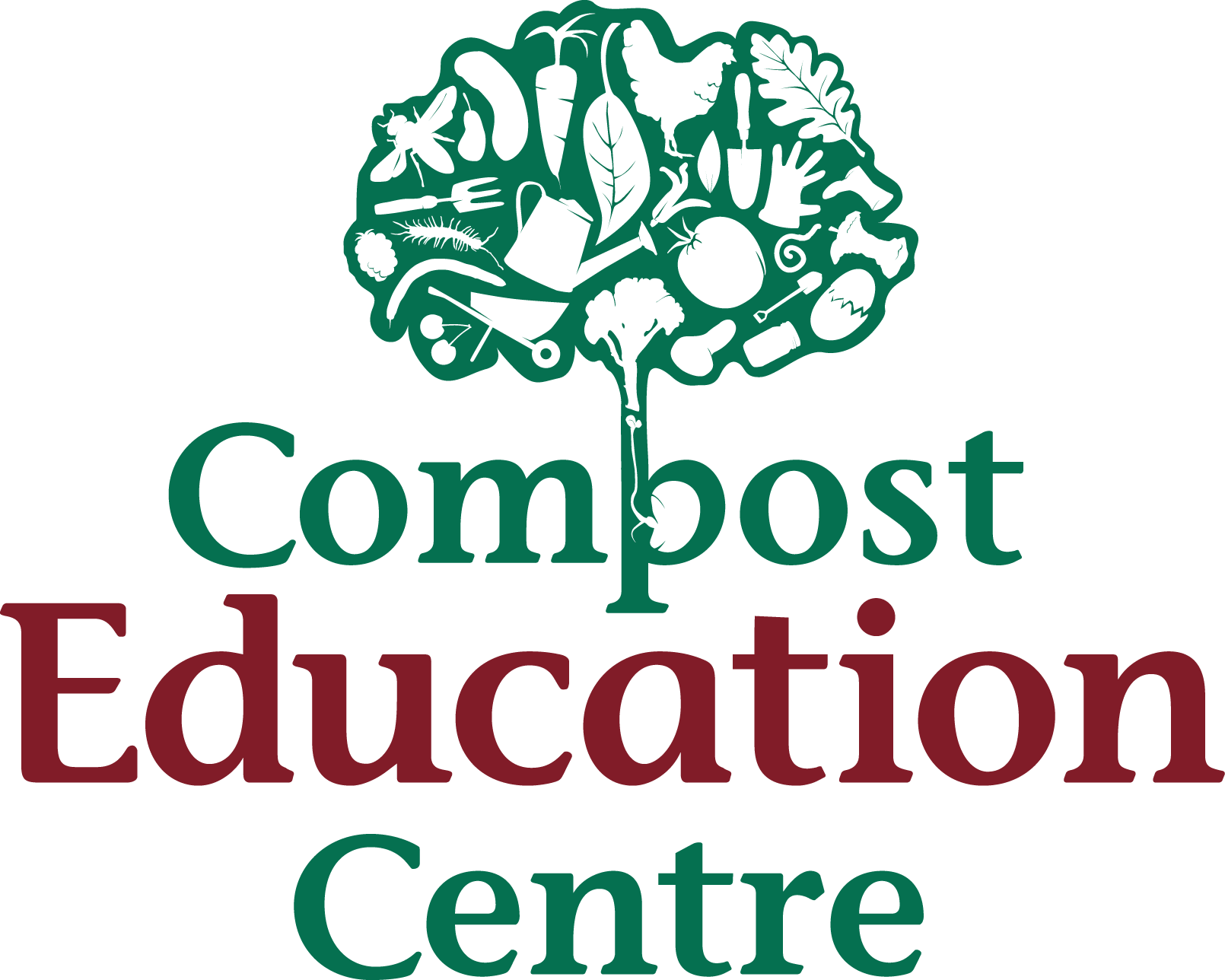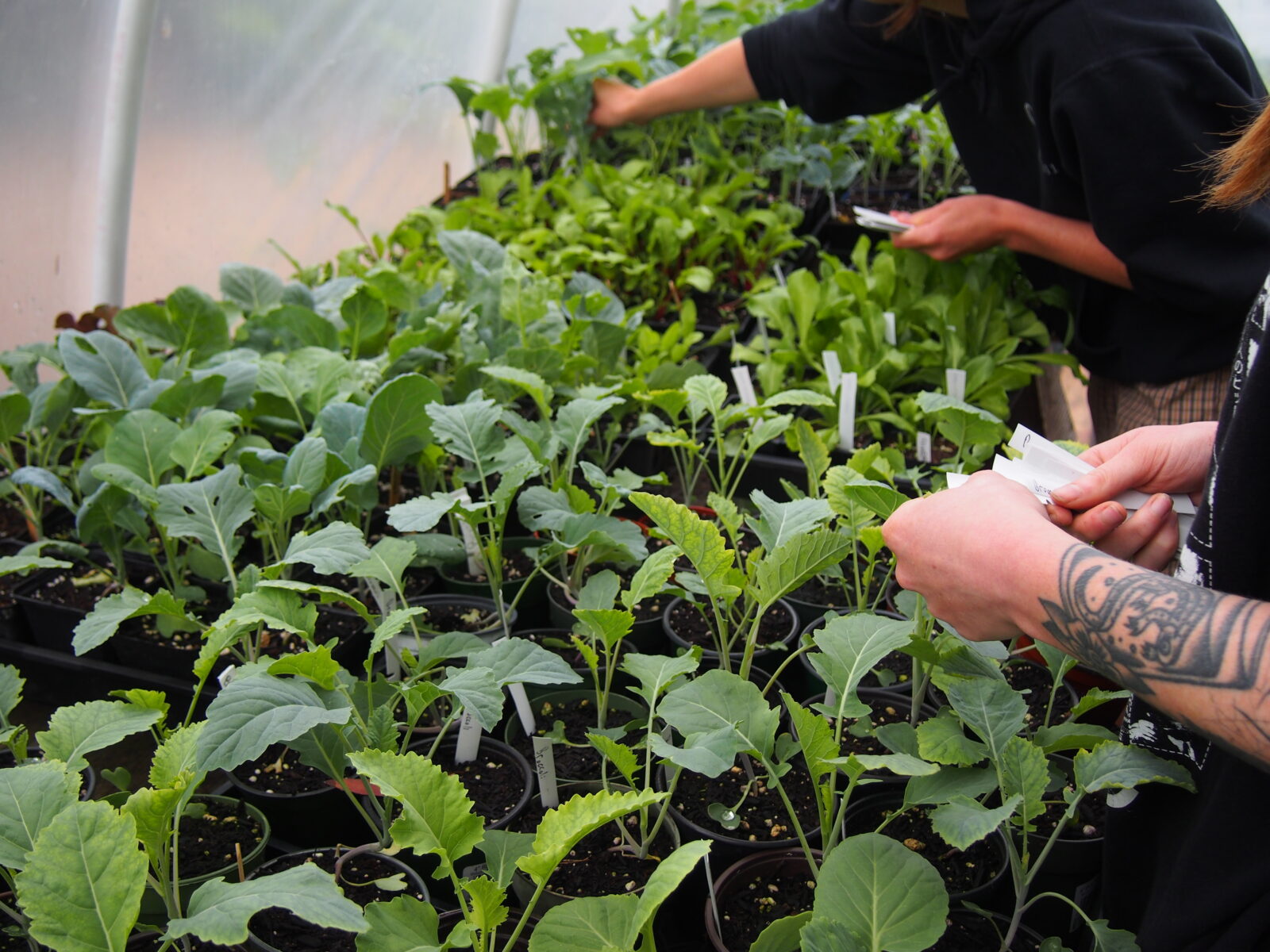
RESOURCES
Factsheets
Curious about composting or organic food growing methods? We’ve got factsheets to cover all of your bases!
-
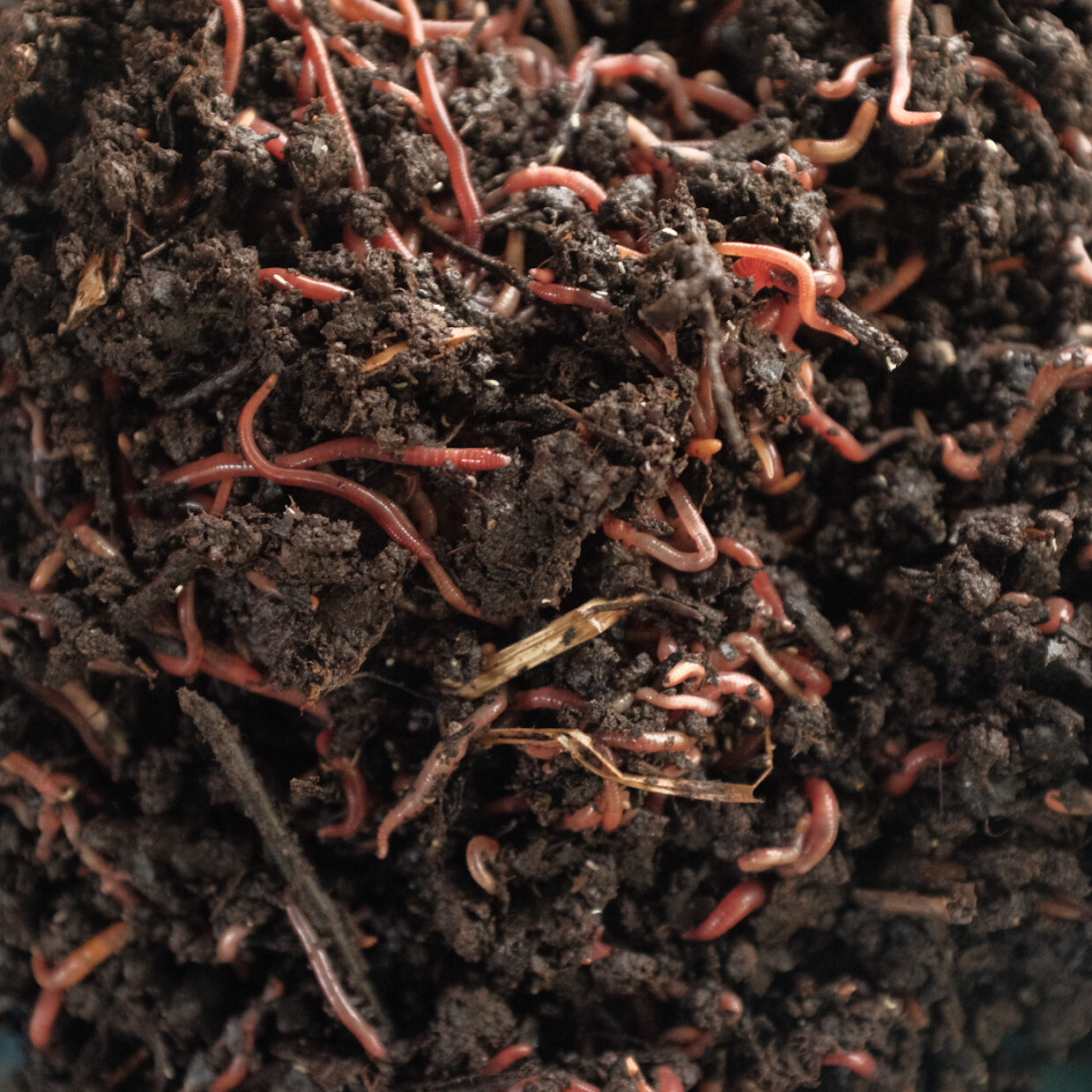
#8 Compost Ecology
Three levels of decomposers work in a compost pile to break down raw organic matter into the nutrient-rich, soil-like texture of finished compost.
-
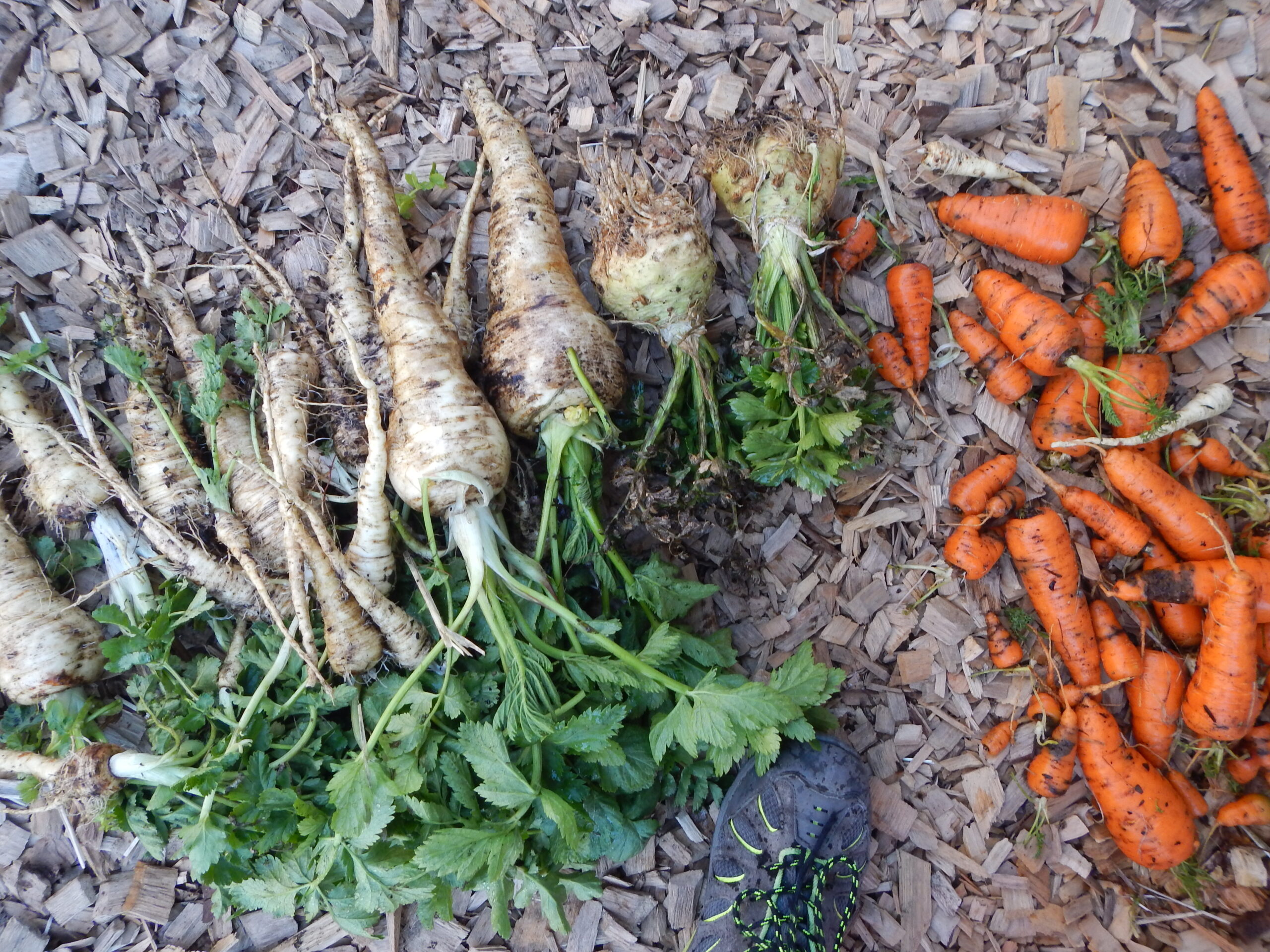
#11 Understanding & Addressing Soil Contamination
Soil contaminants from historical industrial activity may get into or onto our veggies and fruits and have negative health effects over the long term.
-
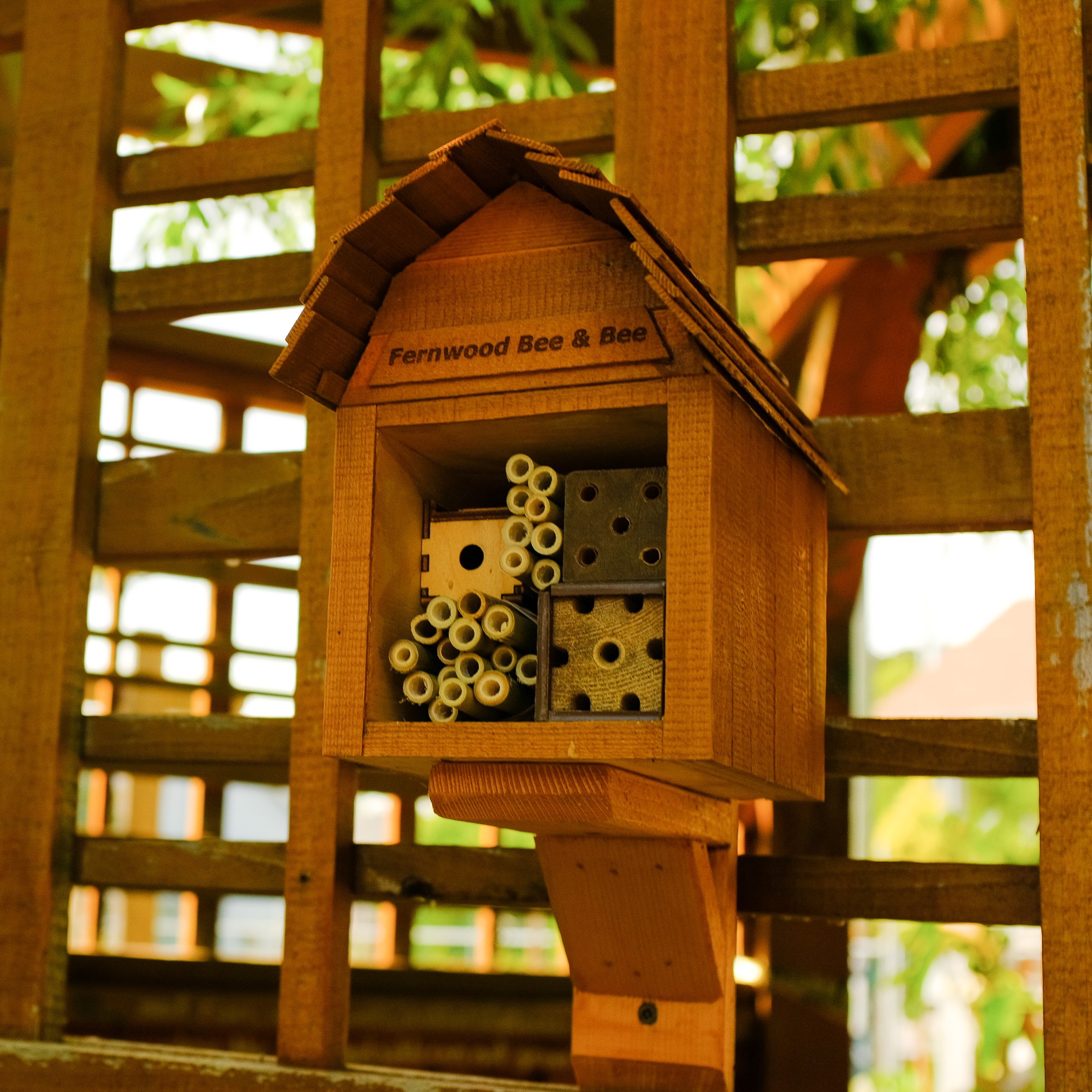
#15 Pollinator Stewardship
Pollinator Stewardship ensures the insects and animals that pollinate much of the produce that we consume are supported.
-
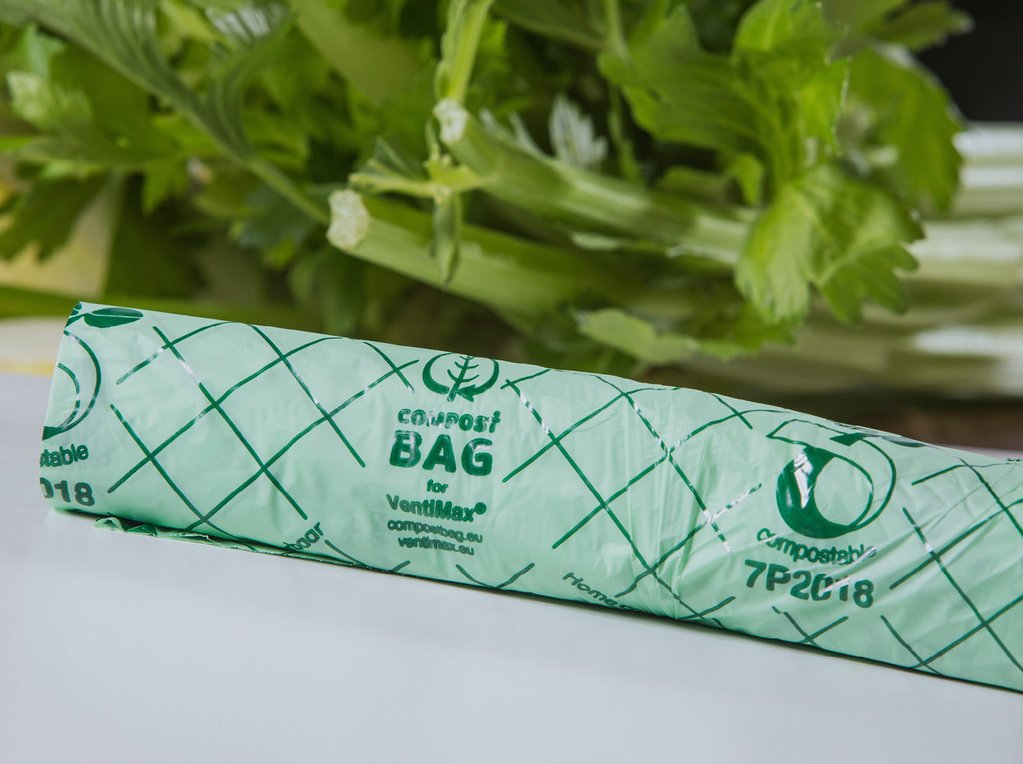
#17 Understanding Compostable Plastics
Learn the different between certified compostable products and how to dispose of them accordingly.
-
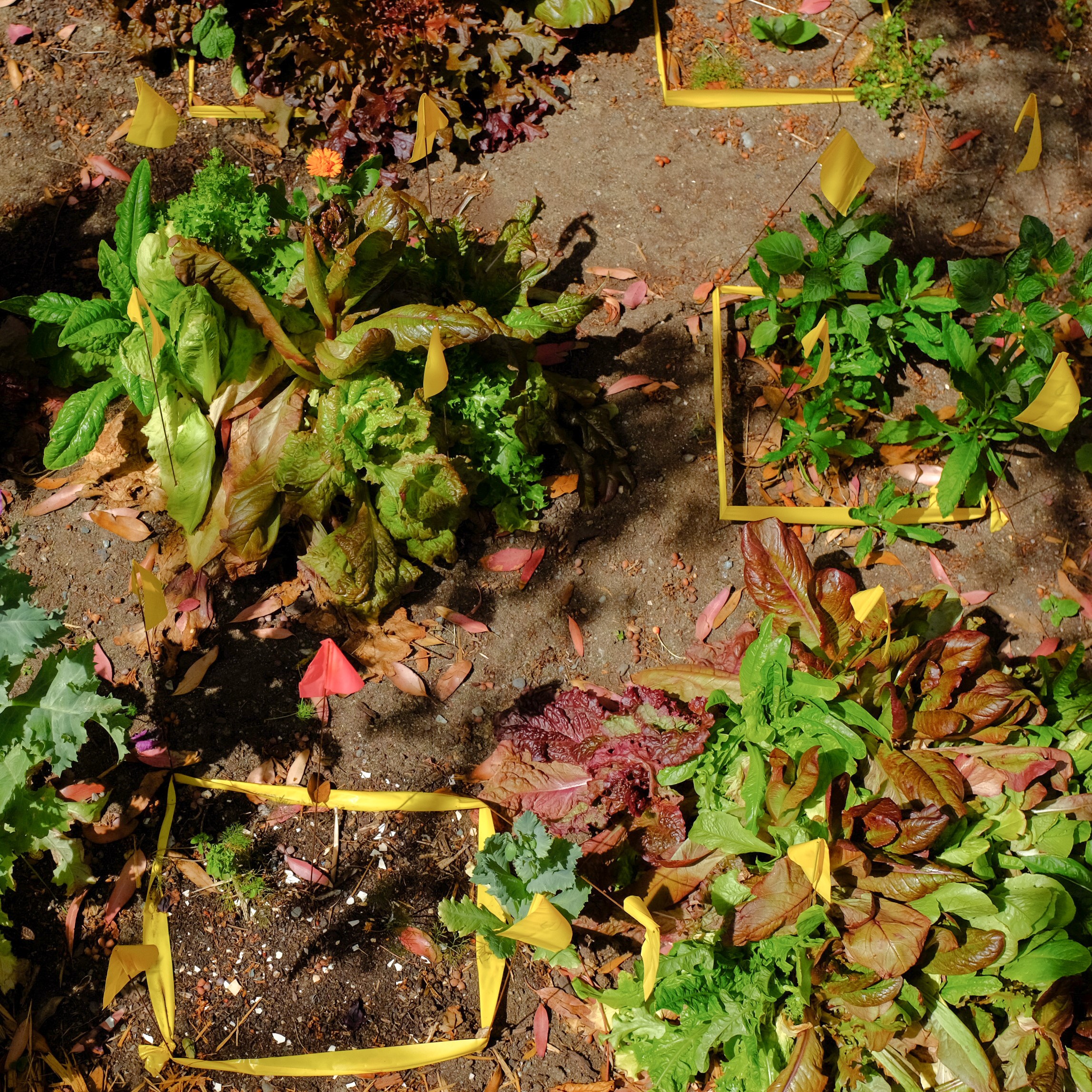
#19 Bioremediation for Urban Gardeners
This Healing City Soils Factsheet offers ways that home-scale food gardeners, small urban farmers and community gardeners can draw on their soil and plant knowledge and skills to remediate soils that are contaminated with low to moderate soil concentrations of heavy metals.
-
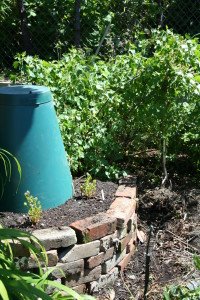
#26 Multi-Family Dwelling Composting Options
Learn about ways to divert organic matter from the landfill and recycle this nutrient-rich resource in an on-site small-scale composting device.
-
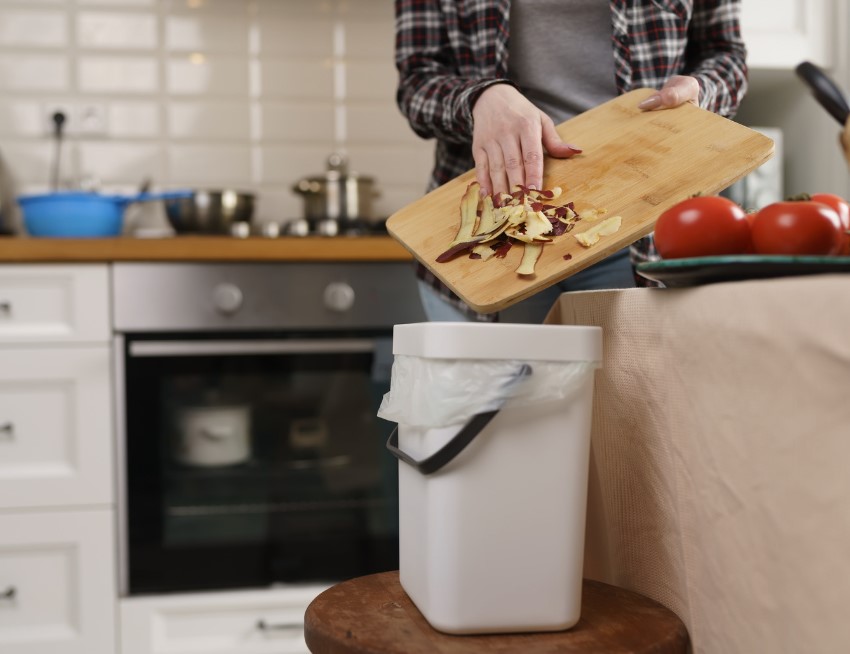
#28 Yard-Free Composting
There are many ways to manage your organic waste without a traditional backyard composting system. This factsheet will give you detailed information on curbside collection in the CRD, worm composting, electric countertop composters, and tumbler composters.
